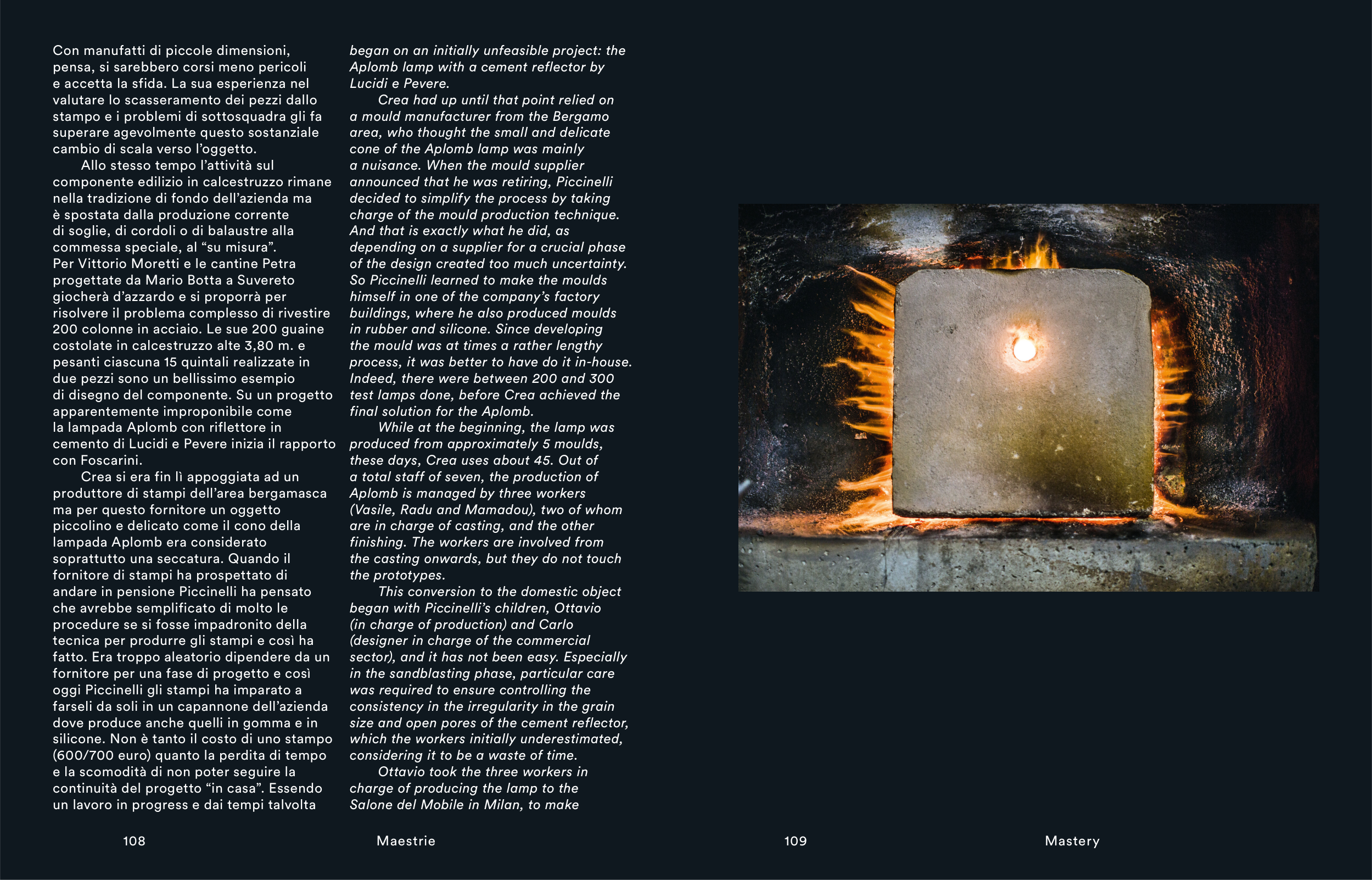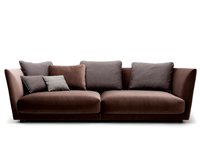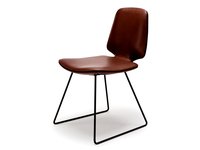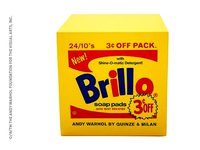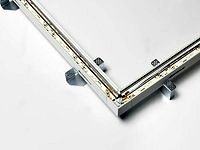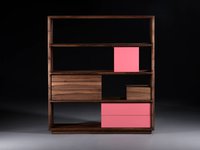109
Mastery
Con manufatti di piccole dimensioni,
pensa, si sarebbero corsi meno pericoli
e accetta la sfida. La sua esperienza nel
valutare lo scasseramento dei pezzi dallo
stampo e i problemi di sottosquadra gli fa
superare agevolmente questo sostanziale
cambio di scala verso l’oggetto.
Allo stesso tempo l’attività sul
componente edilizio in calcestruzzo rimane
nella tradizione di fondo dell’azienda ma
è spostata dalla produzione corrente
di soglie, di cordoli o di balaustre alla
commessa speciale, al “su misura”.
Per Vittorio Moretti e le cantine Petra
progettate da Mario Botta a Suvereto
giocherà d’azzardo e si proporrà per
risolvere il problema complesso di rivestire
200 colonne in acciaio. Le sue 200 guaine
costolate in calcestruzzo alte 3,80 m. e
pesanti ciascuna 15 quintali realizzate in
due pezzi sono un bellissimo esempio
di disegno del componente. Su un progetto
apparentemente improponibile come
la lampada Aplomb con riflettore in
cemento di Lucidi e Pevere inizia il rapporto
con Foscarini.
Crea si era fin lì appoggiata ad un
produttore di stampi dell’area bergamasca
ma per questo fornitore un oggetto
piccolino e delicato come il cono della
lampada Aplomb era considerato
soprattutto una seccatura. Quando il
fornitore di stampi ha prospettato di
andare in pensione Piccinelli ha pensato
che avrebbe semplificato di molto le
procedure se si fosse impadronito della
tecnica per produrre gli stampi e così ha
fatto. Era troppo aleatorio dipendere da un
fornitore per una fase di progetto e così
oggi Piccinelli gli stampi ha imparato a
farseli da soli in un capannone dell’azienda
dove produce anche quelli in gomma e in
silicone. Non è tanto il costo di uno stampo
(600/700 euro) quanto la perdita di tempo
e la scomodità di non poter seguire la
continuità del progetto “in casa”. Essendo
un lavoro in progress e dai tempi talvolta
began on an initially unfeasible project: the
Aplomb lamp with a cement reflector by
Lucidi e Pevere.
Crea had up until that point relied on
a mould manufacturer from the Bergamo
area, who thought the small and delicate
cone of the Aplomb lamp was mainly
a nuisance. When the mould supplier
announced that he was retiring, Piccinelli
decided to simplify the process by taking
charge of the mould production technique.
And that is exactly what he did, as
depending on a supplier for a crucial phase
of the design created too much uncertainty.
So Piccinelli learned to make the moulds
himself in one of the company’s factory
buildings, where he also produced moulds
in rubber and silicone. Since developing
the mould was at times a rather lengthy
process, it was better to have do it in-house.
Indeed, there were between 200 and 300
test lamps done, before Crea achieved the
final solution for the Aplomb.
While at the beginning, the lamp was
produced from approximately 5 moulds,
these days, Crea uses about 45. Out of
a total staff of seven, the production of
Aplomb is managed by three workers
(Vasile, Radu and Mamadou), two of whom
are in charge of casting, and the other
finishing. The workers are involved from
the casting onwards, but they do not touch
the prototypes.
This conversion to the domestic object
began with Piccinelli’s children, Ottavio
(in charge of production) and Carlo
(designer in charge of the commercial
sector), and it has not been easy. Especially
in the sandblasting phase, particular care
was required to ensure controlling the
consistency in the irregularity in the grain
size and open pores of the cement reflector,
which the workers initially underestimated,
considering it to be a waste of time.
Ottavio took the three workers in
charge of producing the lamp to the
Salone del Mobile in Milan, to make
108
Maestrie


